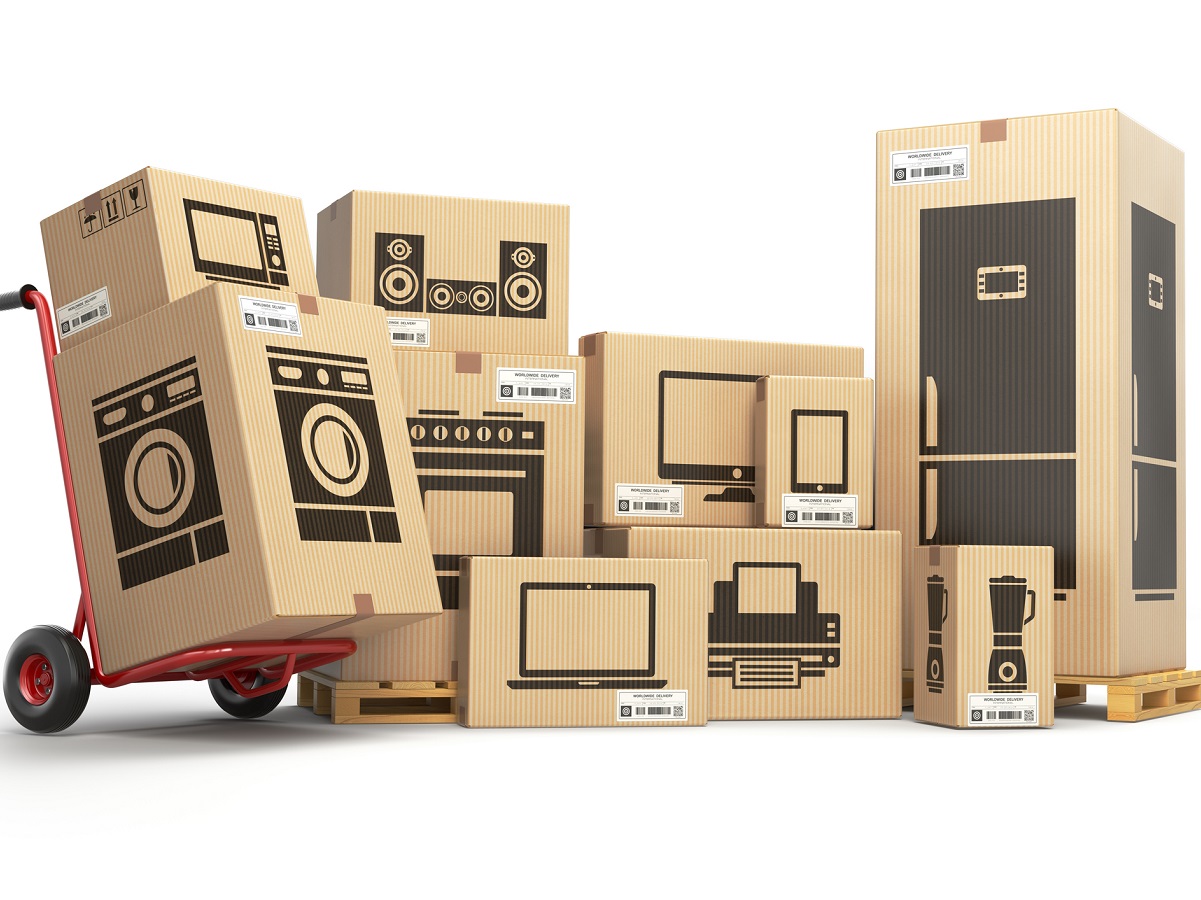For the first half of 2023, the global consumer tech and durables (T&D) market value declined by 6.3% to US$390 billion compared to the same period last year. Looking ahead to the full year results, GfK forecasts value to decline by 3.4% overall, due to ongoing market saturation and slowing demand. However, market value remains above pre-pandemic levels in 2019 and offers growth opportunities in specific areas.
To coincide with IFA Berlin, GfK expert for the T&D market, Nevin Francis explored the status quo and future opportunities in the global market.
Globally, demand for T&D goods has continued to decelerate as markets adjust to the macro environment of cost-of-living crises, overstocked inventories and saturated consumer demand from previous years of peak sales.
As a result, all T&D subsegments experienced lower revenue in the first half of 2023 compared to the same period last year. The consumer electronics category (TVs and soundbars) and IT category (mobile PCs and hardware) both experienced a 12% fall in revenue with the telecom category (smartphones) and Major Domestic Appliances (MDA) category both recording a 5% drop in revenue. The Small Domestic Appliance (SDA) category was down 1% in revenue.
“Within the overall sales, traditional retail regained market share, while online rebalanced after a surge in share during peak sales months. More than one-third (35%) of global T&D sales were made online in the first half of 2023, down 5% from last year. While this slight drop does not disrupt the long-standing trend toward omnichannel retail, it does make the need for an omnichannel strategy more important than ever,” Francis said.
Prices up, demand down
The increase in average prices in all areas is eating into disposable income and one of the main reasons for the decline in T&D demand. Average prices in the T&D sector have shot up 29% since pre-pandemic levels when comparing June 2023 and January 2020. Compared with last year, however, that price growth has moderated to minus 1% in May 2023 versus May 2022.
Inflation and high prices are among the top concerns of 35% of today’s consumers worldwide, according to the global GfK Consumer Life study. However, the degree of consumer reticence for T&D purchases varies from region to region, driven by differences in purchasing power or price levels.
Preference for sustainability and simplification
Last year was characterised by volatility in supply, while this year is characterised by volatility in demand. From a supply chain perspective, shipping costs have already been reduced by almost 80% compared to last year. Although supply is now adequate, falling demand has led to a decline in revenues.
As a result, retailers and manufacturers will need to focus on new long-term aspects across the market to attract consumers. The products that grew year-over-year, despite the challenges, were those that offer attributes of energy efficiency and sustainability, heightened convenience and flexibility, or affordable premiumisation.

Smart and sustainable appliances that are energy efficient not only offer lower lifetime costs to the consumer, but also have high quality and convenience in the eyes of the consumer. In Europe, the value of A-, B- and C-labelled combi-refrigerators, for example, increased by 77% in the first half of 2023 and freestanding dishwashers with these same labels grew by 37%.
Air fryers, which offer healthier eating and use less energy while cooking, grew 54%. Similarly, convenience products such as robot vacuum cleaners with docking stations also continued their positive momentum, up 23%.
Another long-term factor positively influencing the global market in 2023, especially in the IT sector, is the desire for flexibility. Due to smaller workstations, smaller keyboards grew 11% while standard formats declined by 10%, in the first half of the year compared to last year. Bluetooth keyboards and mice have also emerged as a popular choice, with growth rates of 15% and 10% in the first half of 2023, respectively.
While premiumisation demand is not as strong as in 2022, high-end models continue to outperform the market average, especially in consumer electronics. For example, premium TVs over 75 inches are still up 5% globally in the first half of 2023 compared to the same period last year, while the overall TV market is down 15%.
Not just a matter of what, but when
Amid the cost-of-living crisis, consumers are carefully evaluating their purchases, often considering price as the deciding factor even when there’s a strong needs-based rationale for the purchase. As a result, the timing of purchases has become more strategic, with promotions gaining importance to drive sales.
“Promotional weeks such as Prime Day in Europe and 6.18 in China have already proven to have a positive impact on value growth in the first half of 2023,” Francis added.
“Although volume growth has not reached the same intensity as previous years, they are still outperforming an average week in the current challenging market conditions. As the end of the year approaches, brands and retailers should therefore pay close attention to sales dynamics to optimise stock levels and identify the most promising segments and items for promotions. A cautious yet optimistic approach to promotions can open potential opportunities for increased sales in the current challenging environment.”
Feature image: gfu (IFA organisers) managing director, Dr Sara Warneke presenting GfK data at the main IFA press conference.

